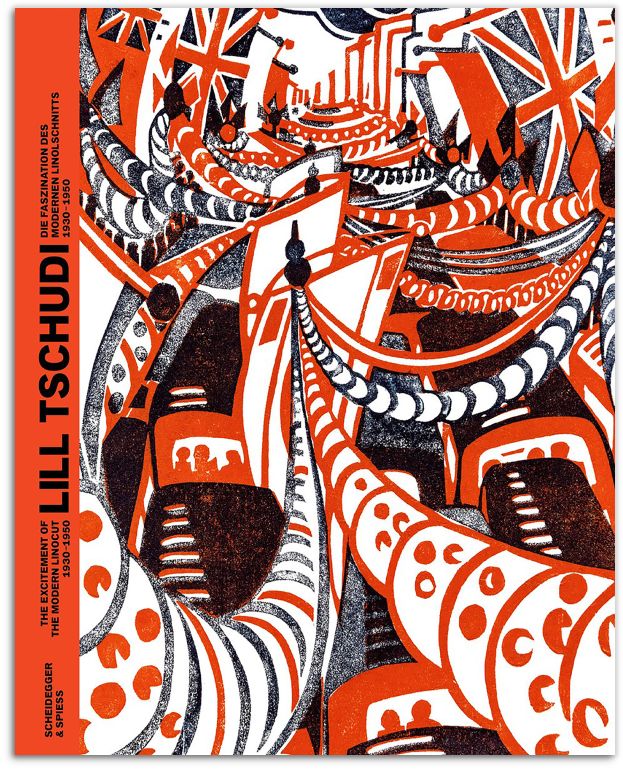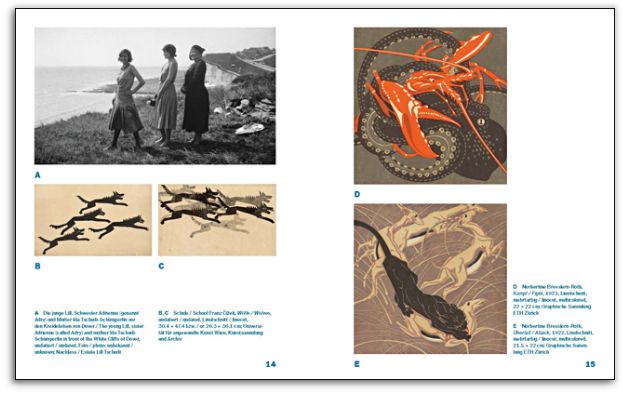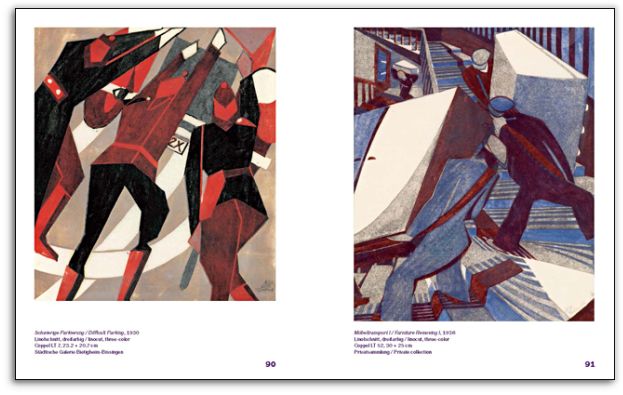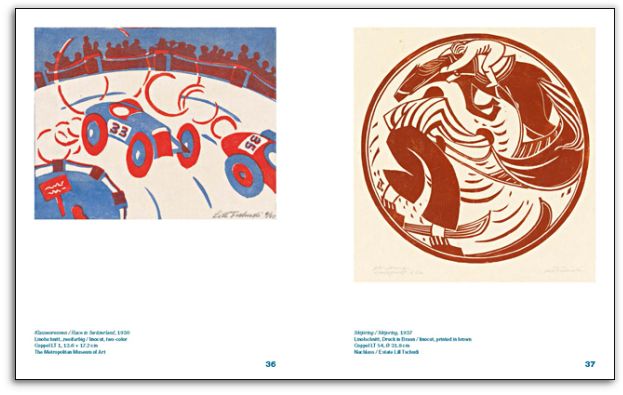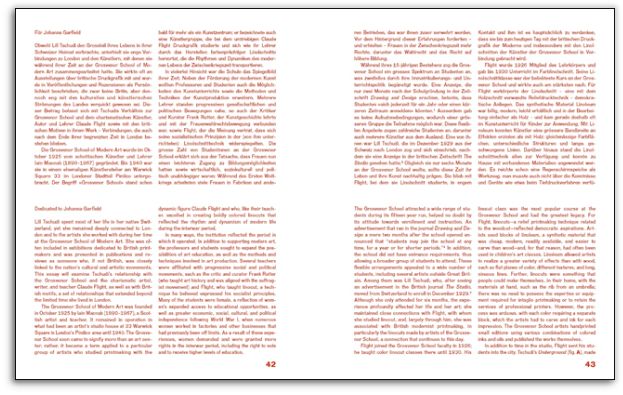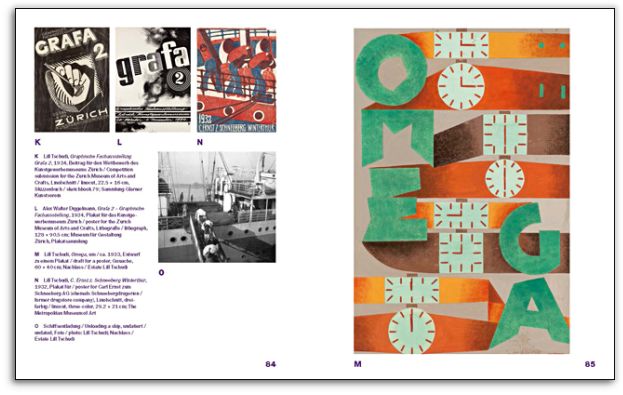Lill Tschudi
The Excitement of the Modern Linocut 1930–1950
Vibrant metropolis and placid Switzerland: Lill Tschudi's modernist linocuts
GVA Gemeinsame Verlagsauslieferung Göttingen
GmbH & Co. KG
P.O. Box 2021
37010 Göttingen
Germany
+49 551 384 200 0
info@gva-verlage.de
Lill Tschudi (1911–2004), daughter of a merchant family from the rural Swiss canton of Glarus, moved to London in 1929–30 to be educated at the Grosvenor School of Modern Art. She flourished in the vibrant imperial capital of the inter-war years and soon gained wide recognition for her bold and often colorful modernist linocuts. She continued her artistic formation during several stays in the equally throbbing Paris in 1930 and 1931. In the Anglo-Saxon world her reputation as an accomplished printmaker close to the Modernist British Printmaking movement has lasted, and her works continue to fetch good prices at auctions in Britain and Australia. New York’s Metropolitan Museum of Art holds some 120 of her prints in its permanent collection. Yet in her native Switzerland, she has largely fallen into oblivion.
This book, published to coincide with an exhibition of Lill Tschudi’s work at Graphische Sammlung ETH Zürich in winter 2021–22, is the first major monograph on this outstanding artist. It features previously unpublished material from Tschudi’s archive and from private collections, shedding new light on her life and work, as well as a wide-ranging selection of her colorful linocuts that demonstrates her uniquely dynamic, colorful pictorial world. The essays explore and analyze her choice of topics and artistic proces and investigate what made her art so popular abroad.
“The catalog underscores the inventive, versatile spirit of this pioneer of color linocuts, long underappreciated in Switzerland.” Walter Labhart, Glarner Zeitung
“As an informal chronicler of her time, Lill Tschudi carved the idiosyncratic contours of the Confederation into linoleum. As an artist, she added her distinctive style to this technique. And as both, she is definitely to be rediscovered.” Vojin Saša Vukadinović, Schweizer Monat

